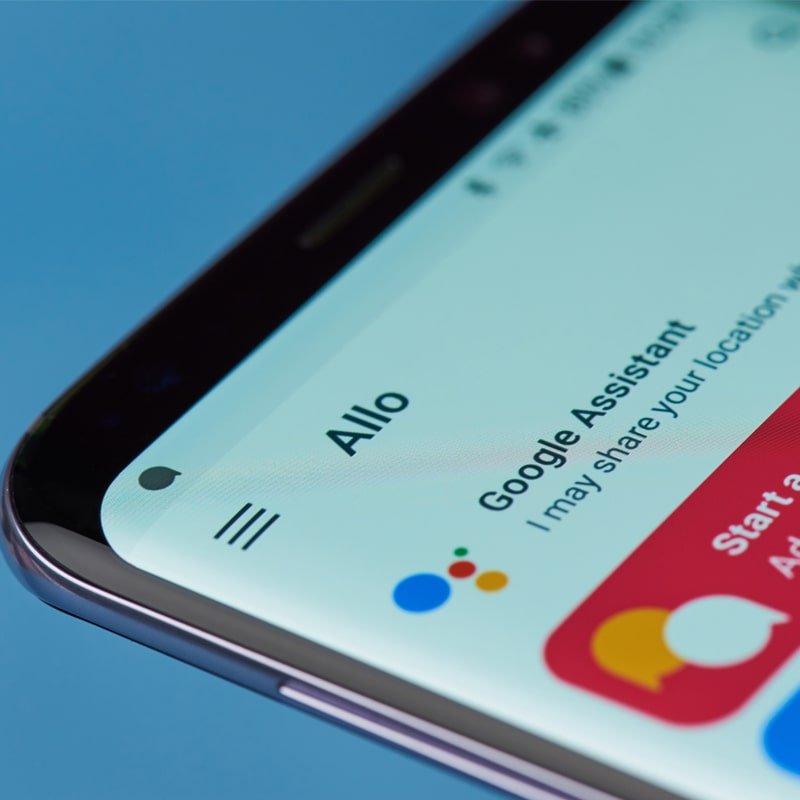Voice search is undoubtedly becoming one of the top latest trends in online behavior, and probably the one that will have a profound impact on SEO optimization. Although it was off to a rocky start back in 2009, voice search underwent significant changes and improvements in the last decade, landing third for SEO trends in
2017. According to Forbes, by 2020, 50% of online searches will be done using a voice search option.
You are probably wondering what is so special about voice search, how does its growth affect SEO techniques, and most importantly, what steps you should take to ensure your website traffic benefits from it. Well, all the answers you need are here.
SEO for Voice Search – How To Make Your Voice Heard?
To create a successful SEO strategy, it is crucial to understand why voice search has experienced such surge, and how this type of online behavior affects search engine results pages (SERPs), especially if you are aiming for the organic results (so, not paid ads). There are several ways to optimize your website to suit this new trend and still keep it focused on your clients’ needs and expectations.
Get to know voice search
Operating based on speech recognition, voice search allows its users typing-free browsing experience, ideal for situations when people are on the go, multitasking, or when they at once need a specific piece of information. Research shows that it is not only teenagers who use it, but adults and elders as well. Besides, voice search has grown out of its primary use for making a call or setting an alarm, and nowadays, voice recognition programs such as Siri, Google Assistant, and Microsoft Cortana, are predominate to the Internet browsing experience.
Even though the goal of both typing and voice search methods is to find out something, the ways users look for information using these two options fundamentally differ. What do those distinctions mean for SEO practices?
Mobile-friendly equals voice-friendly
Mobile compatibility has been one of the SEO musts for years now, as desktops are slowly but surely losing the race in Internet traffic to more convenient mobile devices. Besides, the majority of voice searches are conducted via mobile devices, so it is never redundant to highlight the importance of making your website mobile-friendly.
Similarly to the traditional typing, voice search method favors fast loading websites, with minimum server’s response time, optimized images and text, and compressed files. Therefore, ensure your website works neatly on both desktops and mobiles.
Act local – think global
Almost 25% of voice searches aim toward location-based content. Therefore, if you own a local business, your SEO plan should be such that it targets clients near you. Referring to nearby landmarks, institutions, or adding a simple ‘near me’ phrase into your keywords can do wonders for your website’s online visibility.
Setting up Google My Business is another excellent idea, as this tool allows you to add an array of information relevant to your potential clients. For example, upon verifying your ownership, you can add your business’ address, phone number, working hours, photos, website URL, services you offer and area you serve, attributes such as wheelchair accessibility or free Wi-Fi.
As voice search tends to be very precise (“Which pharmacy works 24/7?“, “Which cafés near me are dog-friendly?“), go for as many details as possible.
Taking small steps is the way to go because it is important to establish your business on the local level first. From there, it is easier for your business to grow and attract new clients, as you will already have an army of loyal clients.
Aim for the snippets
Unlike the typing method, which lists numerous websites according to the user’s query, voice search is not equally generous. If a person uses a voice search assistant, they are quite unlikely to delve deeper into search results, so it is important to aim for the top of the results page.
Unfortunately, there is no recipe for success that would ensure your website’s top position, but including structured data to your HTML code is favorable, as it allows search engines to read through your content more easily. Also, schema markup gives you more control over how information about your business is presented.
A step closer to a feature in Google’s quick answers or rich snippets is understating of predictable user intent. Give relevant information, respond to clients’ questions to the point, and summarize main ideas to optimize for answer boxes.
Phrase & contemplate your keywords

Typing two to three keywords, bullet points, or short phrases, is a standard and most user-friendly method of traditional online information search. For example, “Oscar best actress” yields the desired result – winner’s name, nominee list, photos at the award ceremony, movie title, and other potentially relevant information.
In voice search, however, people speak as if to another human, which reflects in the language structures they use to search online. Generally, voice searchers are more likely to use conversational style, i.e., they would go for lengthier expressions, complete grammatical structures, or even whole sentences and questions. Some people start their queries by greeting, like “Hi Google” or “Ok Siri“, which speaks volumes about how the perception of our beloved gadgets changes. So, voice search trend reshapes how we construct our searches, and it would probably sound something like “Who won this year’s Oscar for Best Actress?”
Therefore, long tail keywords, ranging from six to ten words, worded in a way people speak, are the best SEO strategy to adapt to changes voice search brings. Results for voice searches are generally written at an average 15 years old’s reading level, at most, so make sure your phrases are short, simple, and comprehensible, no matter how complex your content really is.
However, some general guidelines for SEO optimization are still there to stick to, regardless of the underlying trend. So, instead of brimming your website with too many keywords, which could lead search engines to flag you as spam, make sure your keywords are relevant, to-the-point, and natural-sounding.
Write the way you speak
The conversational style of voice queries paved the way for substantial changes in website content itself. In other words, your SEO strategy should aim at answering user’s questions in a natural-speaking manner. Write your website content focusing on the five Ws and one H (who, what, when, where, why and how), or the “inverted pyramid” (first clear-cut answer, then additional data, details, and subsequent questions).
Let’s Wrap It Up…
Voice search is a trend that is highly user-friendly, effortless, and wide-spread in the realm of technology and the Internet. Although it took years for the feature to gain momentum, voice search is now recognized as an ingenious, well-developed tool, which domains of use are bound to extend further.
Of course, it is impossible to predict whether traditional search methods will disappear in favor of voice search, but one thing is certain – voice search radically affects SEO strategies. Even if it has not reached your domain of business just yet, in not-too-distant future it definitely will.
So, here is what you can do to adapt your SEO strategies for voice search:
- be mobile-friendly
- ensure fast website loading
- use location-based content
- structure your data
- apply schema markup
- choose long tail keywords
- write conversational content
Incorporating these ideas into already existing content optimization strategies will prepare your website to brace the novelties of voice traffic, and answer all of your clients’ burning questions.
More similar articles on this topic:





